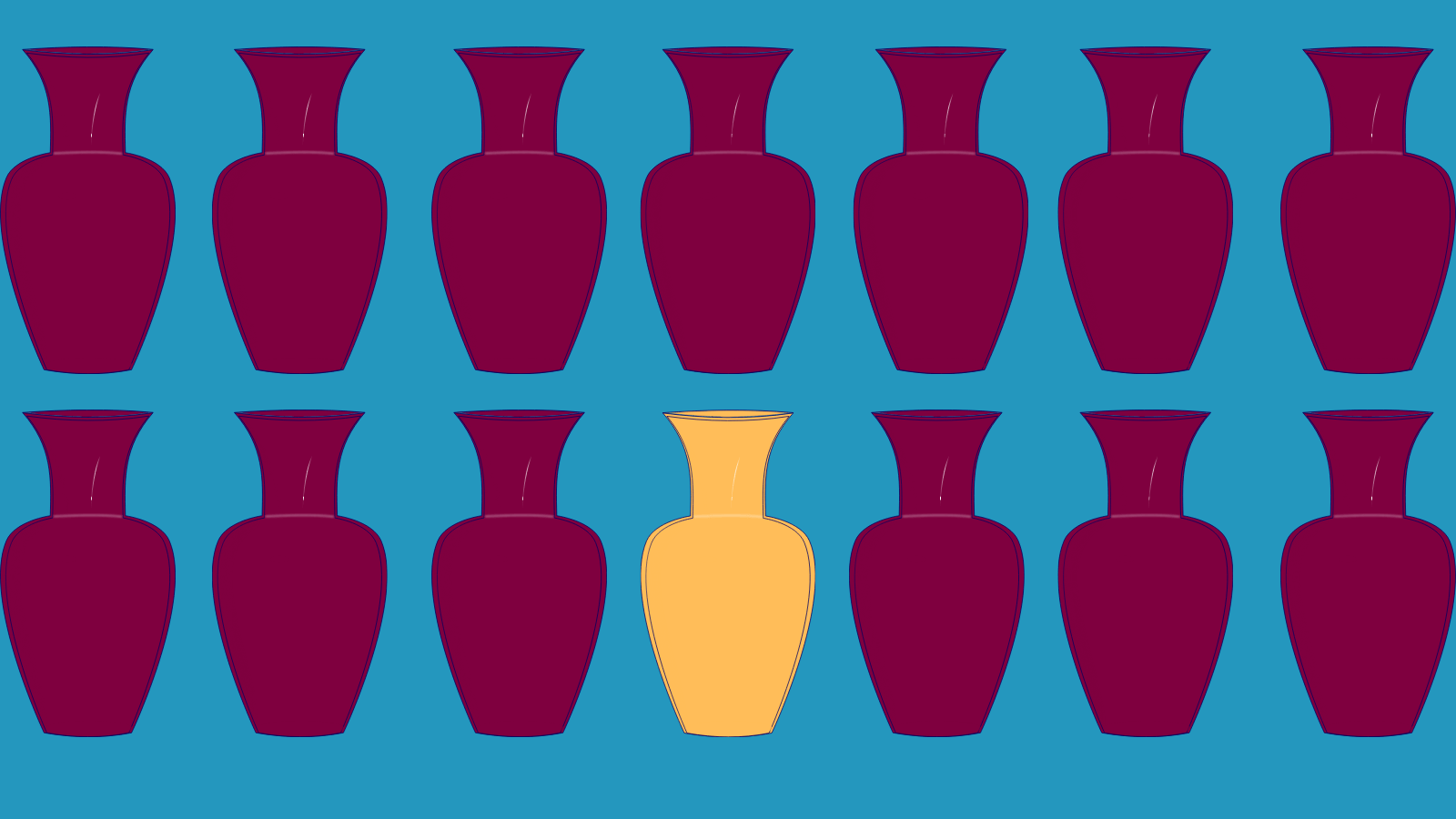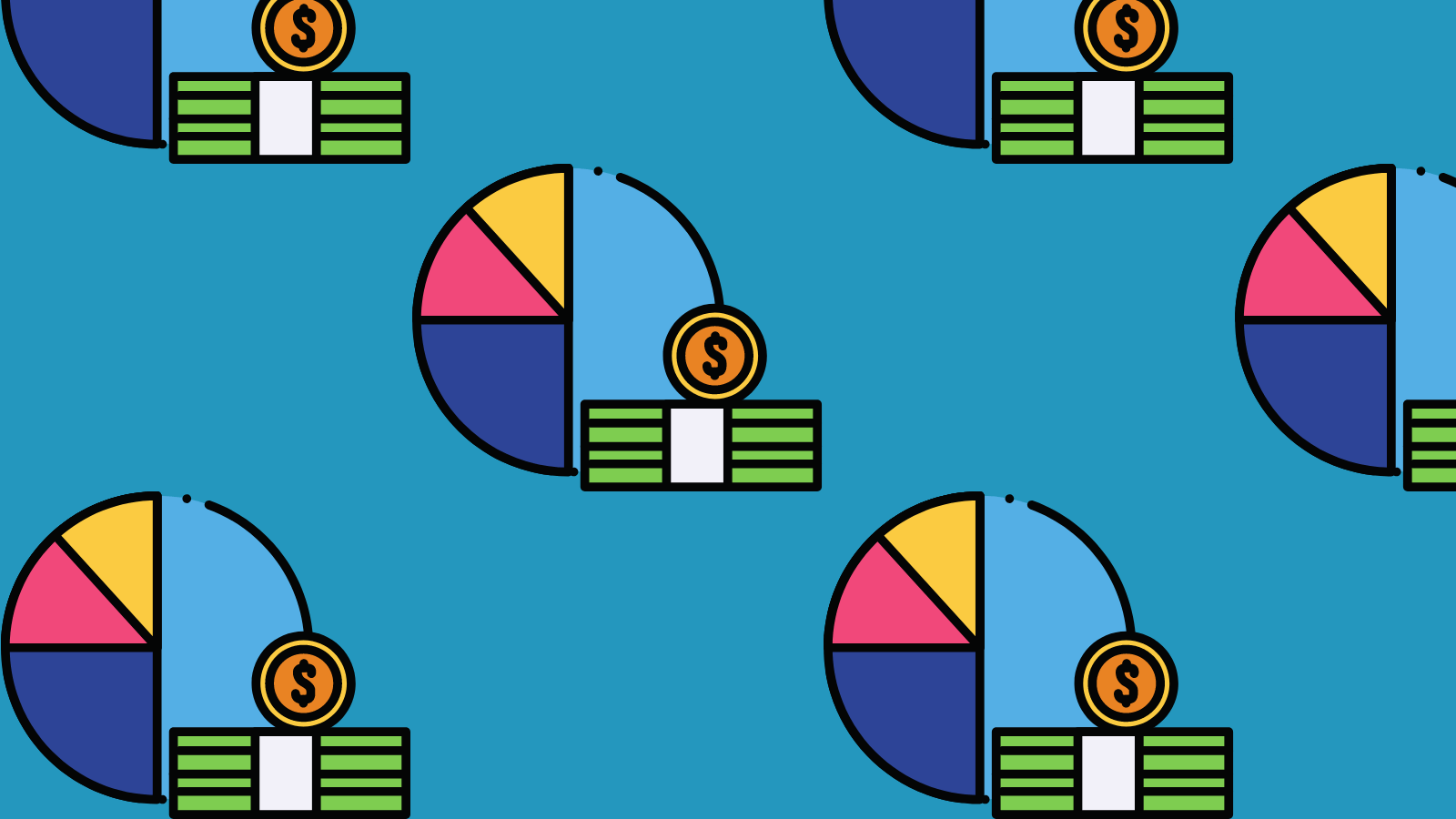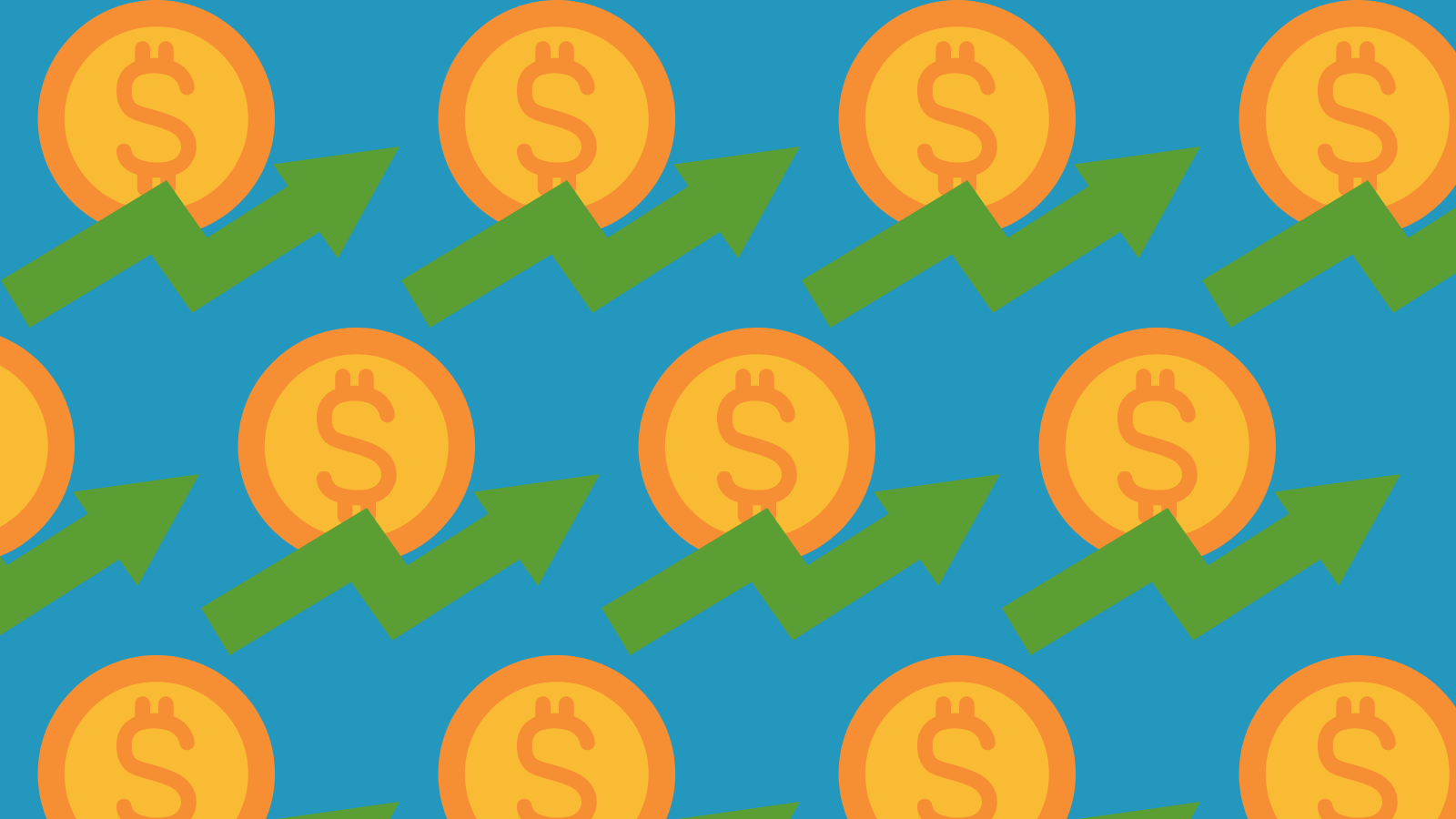What is a Business Plan?
A business plan is an outline of the key elements of your business. It can be useful as a road map for new businesses and existing businesses alike. Examples of purposes of business plans include:
- Securing funding from lenders
- Bringing in new business partners
- Hiring third party service providers
Basically, a good business plan should convince people that working with or investing in your company is a smart choice.
The 10 Components of a Business Plan
Not every business plan has to be the same, but there are a few components that most of them have in common. The major sections of a business plan are:
Executive Summary
This is the introduction of your business plan and the business itself. It should include:
- Business name
- Location
- Products and services
- Mission statement
- The purpose of the plan (to secure investors, set strategies, etc.)

Company Description
This section of your business plan is where you go into more detail about your company, including:
- The legal structure of your business (LLC, sole proprietorship, corporation, etc.)
- A brief history of the business
- The nature of your business and the need it meets
- An overview of your business model, customers, and suppliers
- A summary of company growth
- Your short- and long-term goals

Market Analysis
This is where you demonstrate your understanding of your industry and where your business fits into the landscape.
- Targeted customer segments, including size and demographics of each group
- Industry description and outlook
- Historical, current and projected marketing data

Competitive Analysis
It’s important to demonstrate to your potential stakeholders that you know who your competitors are and how you plan to compete with them. This section should answer:
- Who are your direct and indirect competitors?
- What are their strengths and weaknesses?
- What are your company’s competitive advantages?

Description of Management and Organization
This is where you highlight the people in your company and explain who does what. It should include:
- Chart of departments and key employees
- Profiles of your management team
- List of any advisors, such as board members, accountants, and attorneys

Products and Services Breakdown
Describe the products and services your business will offer in enough detail for people who are unfamiliar with your industry to understand.
- A detailed description of your products and services with an emphasis on benefits to the customer
- The product’s or service's life cycle
- Copyright, patent, or trade secret data
- Research and development information
- Intellectual property

Marketing Plan
This section is what it sounds like: how you plan to market your business and make money.

Sales Strategy
The sales strategy complements the marketing plan by outlining your sales tactics in detail, including:
- An explanation of how you’ll promote your business to customers and enter the market
- Details about costs, pricing, promotions, distribution, and logistics
- The operations cycle from supply acquisition through production to delivery
- Sources of labor and number of employees
- Operating hours and facilities data

Request for Funding
You can ignore this section if the purpose of your business plan isn’t requesting funding. If it is, be sure to cover:
- The amount of funding needed to start or expand the business.
- The time period that each amount will cover
- The type of funding for each
- The proposed or requested repayment terms.
- How the funds will be used

Financial Projections
This is where you get into the financial plan. Break down your financial goals and expectations that you’ve set based on market research. This is especially important if you’re asking for funding because potential investors will want to know where their money is going before they invest in it. Be sure to include:
- Financial statements from the past three to five years
- income statements
- balance sheets
- cash flow statements
- Financial projections
- forecasted income statements
- balance sheets
- cash flow statements
- capital expenditure budgets
- A brief analysis of your financial data
How Sav Can Help
When you plan to build your small business, a beautiful, professional website should be part of the mix. That’s why we make it easy and affordable for business owners to buy a custom domain and build a website. Start your free trial today!
Newsletter
Popular
Top Articles
Recommended articles
How to Make a Media Kit
What is a Media Kit? A media kit, also known as a press kit, is a document that businesses give to journalists and media outlets before an...
Read moreWhat is Brand Voice? [And How to Create One]
What is Brand Voice? A brand voice is the unique personality a brand takes on in all of its communication channels. And it’s not just about...
Read moreA Beginner's Guide to the Product Development Process
What is Product Development? Product development is the process of creating a new product or updating an existing product from idea to...
Read more




